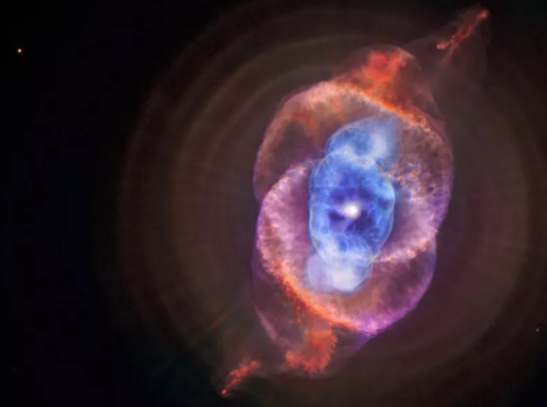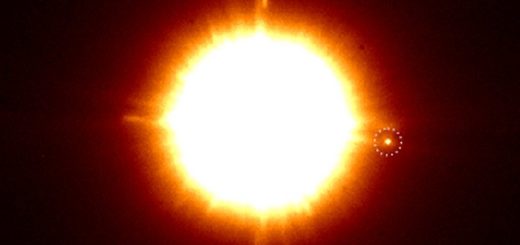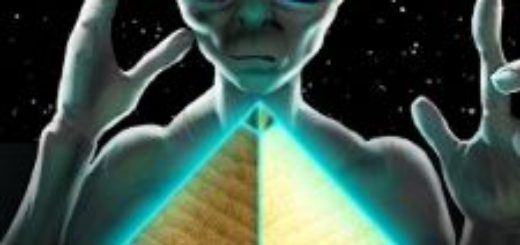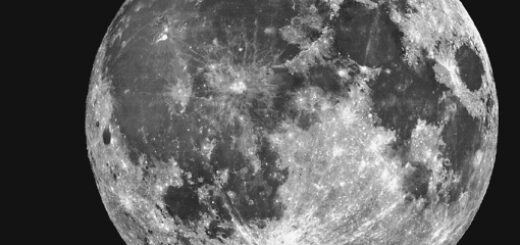Hear black holes and galaxies translated into sound from NASA data

The Whirlpool Galaxy sounds like a horror movie.
In space, no one can hear you scream, but on Earth we have ways of turning space objects into haunting soundtracks. Galaxies, black holes and nebulae come to life via audio, giving us a new way to interact with the cosmos. A team of scientists translated data collected by NASA’s Chandra X-ray Observatory and other space telescopes into sound using a process called data sonification. Musician Andrew Santaguida of System Sounds, a science and art outreach project, was also involved.
On Wednesday, NASA released new audio tracks that let us listen to a Chandra Deep Field observation, the Cat’s Eye Nebula and the Whirlpool Galaxy. The three all have distinctly different sonic personalities, ranging from light and ethereal to almost creepy.
Chandra Deep Field South — a deep look into the southern hemisphere of the sky — is on the lighter end of the sound spectrum. “This is the deepest image ever taken in X-rays, representing over seven million seconds of Chandra observing time,” said NASA in a statement on Wednesday.
The Deep Field South data sonification has a poppy ’80s sci-fi soundtrack feel. The dots in the image represent mostly black holes and galaxies. “The wide range of musical frequencies represents the full range of X-ray frequencies collected by Chandra of this region,” said NASA.
The Cat’s Eye Nebula has always been a looker, especially when data from Chandra and the Hubble Space Telescope are combined. “To listen to these data, there is a radar-like scan that moves clockwise emanating from the center point to produce pitch,” said NASA. “Light that is further from the center is heard as higher pitches while brighter light is louder.”
The Cat’s Eye comes off like a happier version of the Vangelis soundtrack from Blade Runner.
The third data sonification is of Messier 51, more popularly known as the Whirlpool Galaxy for the swirling view from Earth of its spiral arms. “The radius is mapped to notes of a melodic minor scale. Each wavelength of light in the image obtained from NASA telescopes in space (infrared, optical, ultraviolet, and X-ray) is assigned to a different frequency range,” said NASA.
There’s a lot more tension in the sound landscape for Messier 51. It could slot right into a horror movie scene as a character explores a haunted house.
Data sonification techniques have been used to translate a Mars sunrise and the sun into sound. The latest Chandra audio releases are part of on ongoing project that’s making space telescope data available in new ways.
Our experience of the cosmos doesn’t have to be limited to visuals. The universe is just as beautiful and eerie when we take the time to listen to it.



 Creators of mankind
Creators of mankind Description of “Tall white aliens”
Description of “Tall white aliens” Where they came from?
Where they came from? About hostile civilizations
About hostile civilizations The war for the Earth
The war for the Earth “Tall white aliens” about eternal life
“Tall white aliens” about eternal life Video: “Nordic aliens”
Video: “Nordic aliens” Aliens
Aliens Alien encounters
Alien encounters The aliens base
The aliens base UFO
UFO Technology UFO
Technology UFO Underground civilization
Underground civilization Ancient alien artifacts
Ancient alien artifacts Military and UFO
Military and UFO Mysteries and hypotheses
Mysteries and hypotheses Scientific facts
Scientific facts


















